READY TO GET STARTED?
REQUEST A FREE ESTIMATE
Fill out the form below or call (888) 466-7849 for a free, no-obligation estimate.
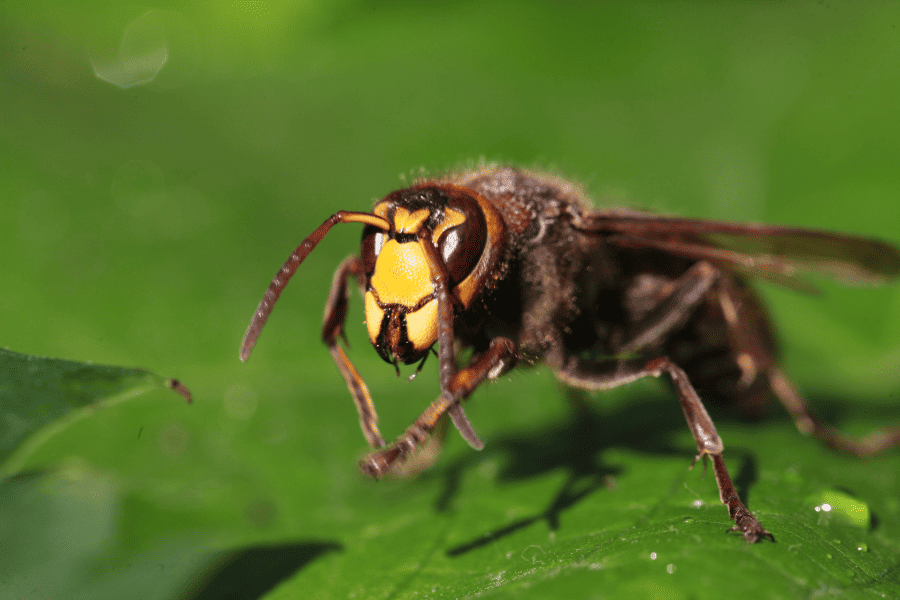
Stinging pests can be a real nuisance, and in some cases, a danger to your health. From hornets and wasps to fire ants, these pests can leave painful stings that can cause itching, swelling, and in severe cases, anaphylaxis. Let’s take a closer look at the different types of stinging pests and provide tips on how to prevent and identify them.
Hornets: Hornets are large, aggressive wasps that can pack a powerful sting. They typically build large paper nests in trees, bushes, and other outdoor locations. To prevent hornets from nesting on your property, inspect your home’s exterior regularly and seal any openings or gaps. Keep your outdoor trash cans sealed and dispose of food waste properly. If you do encounter a hornet’s nest, do not attempt to remove it yourself. Instead, call a professional pest control company.
Wasps: Wasps are similar to hornets, but they tend to be smaller and less aggressive. They can still pack a painful sting, however, and they can build their nests in a variety of locations, including under eaves, in trees, and shrubs. To prevent wasps from nesting on your property, keep your home’s exterior well-sealed, dispose of food waste properly, and keep outdoor trash cans sealed. If you do encounter a wasp nest, call a professional pest control company to safely remove it.
Fire Ants: Fire ants are small, reddish-brown ants that are known for their painful sting. They build large mounds in lawns and gardens and can be especially active during the summer months. To prevent fire ants from taking over your yard, keep your lawn well-maintained and avoid leaving piles of leaves or other debris in your yard. Treat fire ant mounds with bait or insecticide specifically designed for these pests and wear protective clothing and gloves when working in the yard.
If you discover an influx of stinging pests around your home call a professional pest control company if you do encounter a nest or infestation.
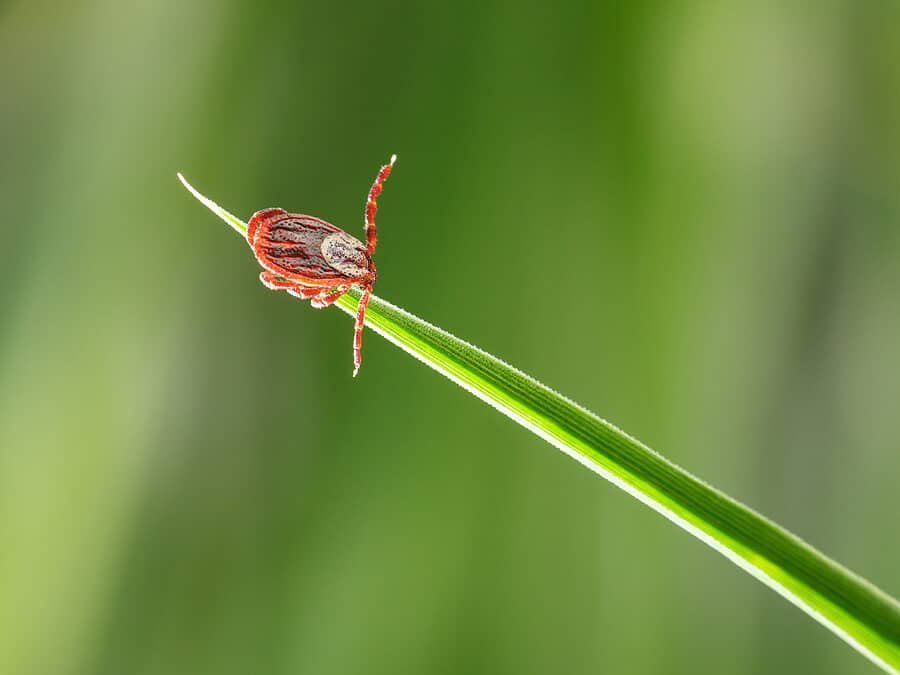
While most people associate summer with warmer weather and more time spent outdoors, it also marks peak season for many Georgia pests. Here are 5 of the most common summer pests in Georgia and how to prevent them.
Mosquito season peaks in summer (peak months are June to September) with activity at hits highest. Mosquitoes are most active at dawn and dusk. These pests transmit serious diseases to both humans and pets. They also breed in standing water found around your home. You can get rid of mosquitoes this summer by:
Ticks are active from late spring to early fall. These summer pests are known to transmit serious disease to humans and pets. They are commonly found wooded areas and areas with tall grass. Avoid ticks this summer by:
Spiders are common in summer as they are often driven from their hiding places by the warmer temperatures (e.g. your attic). While spiders are beneficial to have around as they eat other common pests found in your home, they can be a nuisance. Keep spiders at bay this summer by:
Ants emerge in the summer in search of food (particularly sweets and grease) that they take back to their colonies. This is why they are often found in kitchens. You can prevent ants by:
Stinging pests, such as wasps, hornets, bees, and yellow jackets, are prominent in the summer months. These pests will often forage for food during the warmer weather. Avoid stinging pests by:
Don’t let summer pests ruin your time outdoors. Contact your local pest control company today for a free evaluation.
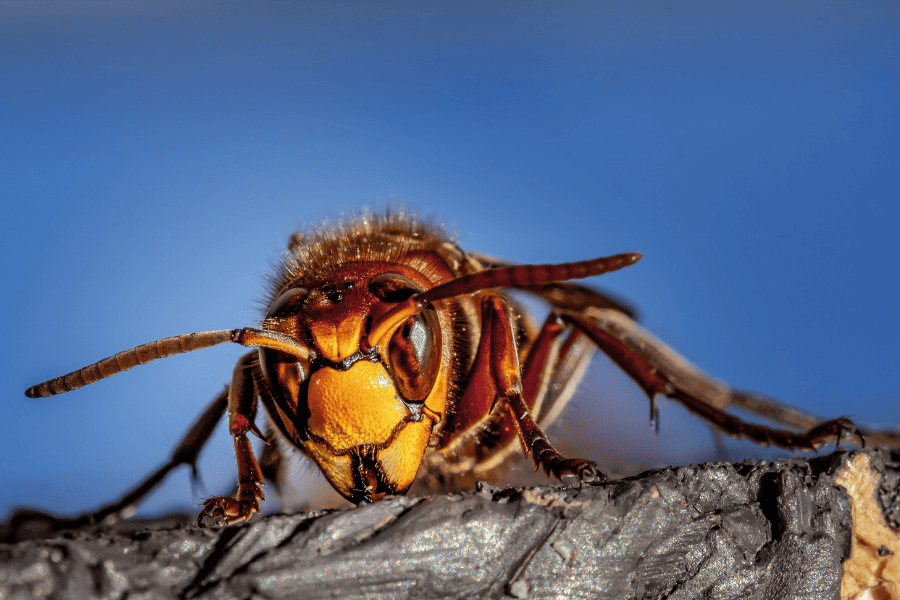
When it comes to stinging pests, there are a few common culprits that people encounter: wasps, hornets, and bees. While these insects may look similar, they have distinct characteristics that set them apart. Understanding the differences between them and knowing what to do if you encounter one can help you stay safe.
Wasps are slender, black, and yellow insects with smooth bodies and narrow waists. They are social insects that live in large nests with multiple females. While they are not typically aggressive, they will defend their nests if they feel threatened. Some species of wasps, like yellow jackets, can sting multiple times and their stings can be painful and potentially dangerous for those with allergies.
Hornets are larger than wasps and are usually black with yellow or white markings. They have a distinctive, round body shape and are known for their powerful sting. Like wasps, hornets are social insects that live in large nests. They can be aggressive if they feel their nest is being threatened, and their sting can be particularly painful.
Bees are typically plumper and fuzzier than wasps and hornets and are usually brown or black with yellow markings. Unlike wasps and hornets, bees are not naturally aggressive and will only sting if they feel threatened. Bees are important pollinators and play a vital role in our ecosystem.
If you encounter a stinging insect, it’s important to stay calm and avoid swatting or provoking it. If you are near a nest, move away slowly and quietly. If you are stung, remove the stinger by scraping it with a flat object like a credit card, wash the area with soap and water, and apply a cold compress to reduce swelling.
If you have a severe allergic reaction to a sting, seek medical attention immediately.
By understanding their behaviors and taking precautions to avoid them, we can coexist safely. If you have a problem with a nest or infestation, it is best to call your local professional pest control company for safe removal.
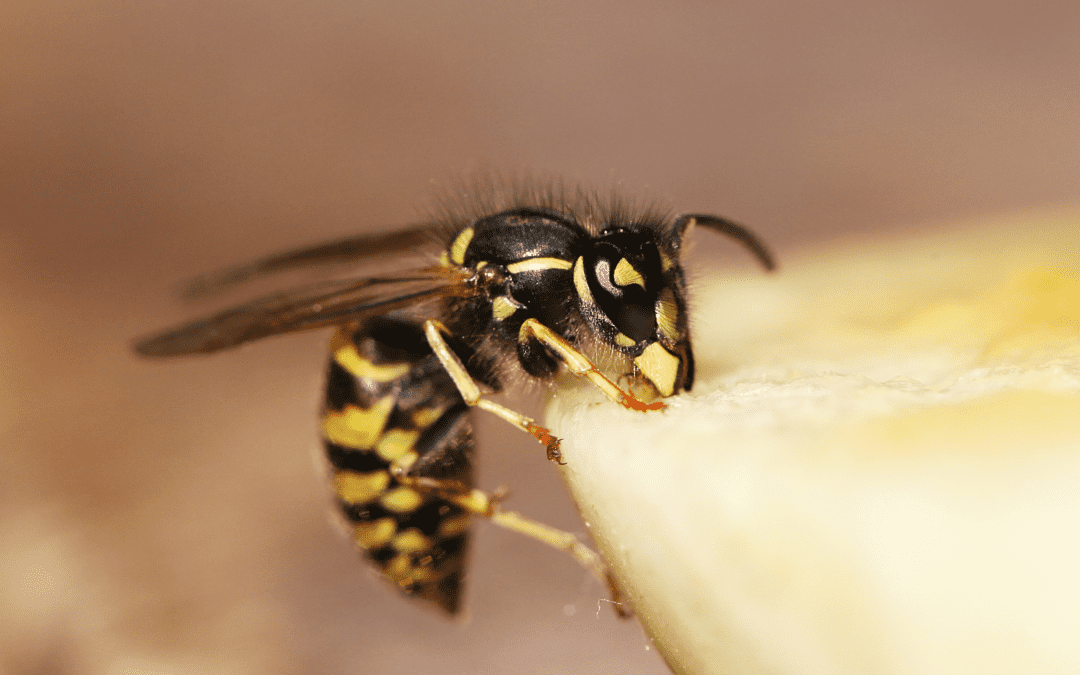
Summer is in full swing in Ft. Lauderdale and that should bring fun activities your way, such as relaxing outside on your patio or spending time with your kids in the backyard. Unfortunately, it can also bring summer pests! Most active in the summer are stinging pests, including yellow jackets, wasps, and hornets. There are several ways to prevent these pests from messing with your summer fun, so let’s break each one down!
On the larger side of the stinging pests, hornets have brown and yellow abdominal stripes on their bodies. Their nests are often built-in hollow trees, and the walls of houses and attics. They are attracted to light and can fly to your windows at night if they see a light on. They are relatively non-aggressive near the nest, but there is potential for a stinging hazard if threatened.
Prevent hornets by:
These pests will become aggressive if they feel threatened enough and are known to sting multiple times. Wasps are highly attracted to backyard events, resulting in an increase in your chances of being stung. Their nests are typically built in branches, porch ceilings, eaves, and attic rafters.
Prevent wasps by:
These social insects are usually anywhere humans are found. They have a non-fuzzy, black and yellow striped body. Attracted to sweets and proteins, they commonly invade outdoor events. Their nests can be found either high up or in the ground. Yellow jackets will sting multiple times if they feel threatened and can sometimes cause allergic reactions.
If you have a stinging pest problem, reach out to your local Ft. Lauderdale pest control company for professional help in removing these pests from your property.
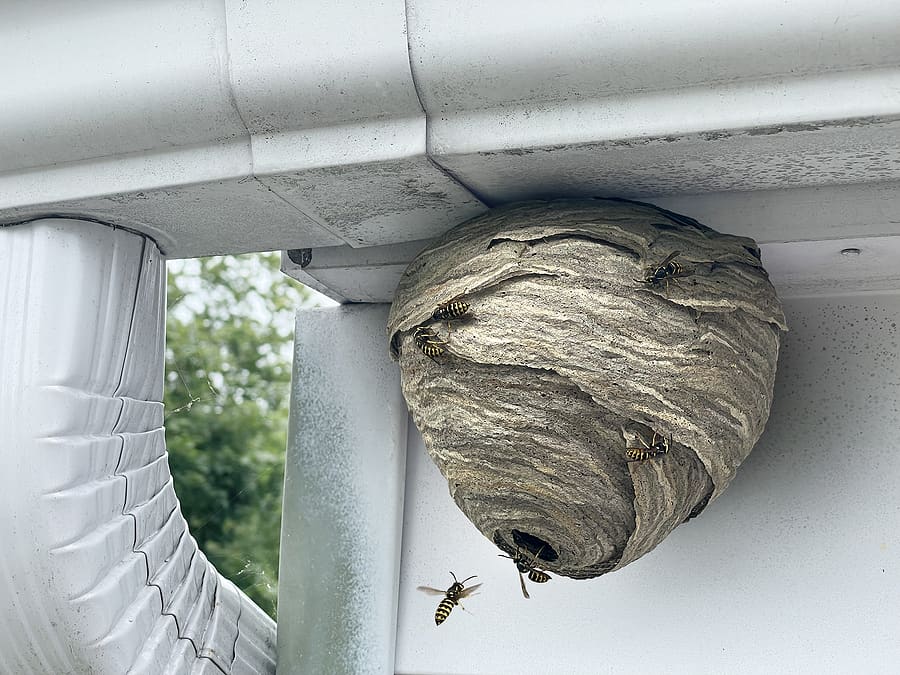
The summertime should bring activities such as lounging by the pool, having picnics, or enjoying our yards, not dealing with summer pests! Most active during warmer months, stinging pests can pose a health threat to your family. Check out our list of common South Florida stinging pests to lookout for this summer.
Paper wasps are semi social insects, meaning they live in colonies containing workers, queens, and males. These pests are reddish-orange to dark black with a long and slender body. Paper hornets tend to nest in round, upside-down paper combs, attached by a single stalk to a horizontal surface, often resembling an umbrella. These pests will typically build their nests underneath objects such as porches, decks, or soffits. Paper wasp nests house egg-laying females, the queen, and subordinate females who function as workers. Paper wasps will sting, with some people allergic to their venom.
Also, a social insect, yellow jacket nests contain female workers, males, and reproductive queens. Yellow jackets are black and yellow, often getting mistaken for bees. These pests will construct their nests into several layers made of tiny bits of wood fiber chewed into a paper-like structure. Yellow jacket nests will only produce males when it’s time for them to breed, then they die off. Their nests are large, often built underground or in hollow logs, tree stumps, between walls, and inside recycling bins where a food source is found. If threatened, yellow jackets will alert their nest to attack the nearby offender, painfully stinging them.
There are several species of hornets including the bald-faced hornet, European hornet, and the giant hornet. These pests can be beneficial to homeowners as they will control common household pests. Though, they will quickly become a nuisance if they build their nests throughout your property. Common areas where hornets build their nests are hollow trees, attics, porches, and inside of walls. These pests will sting to protect their colonies, repeatedly stinging during an attack.
If you’ve noticed these stinging pests around or inside your home, it’s best to reach out to your local South Florida pest control company to inspect and safely remove them.